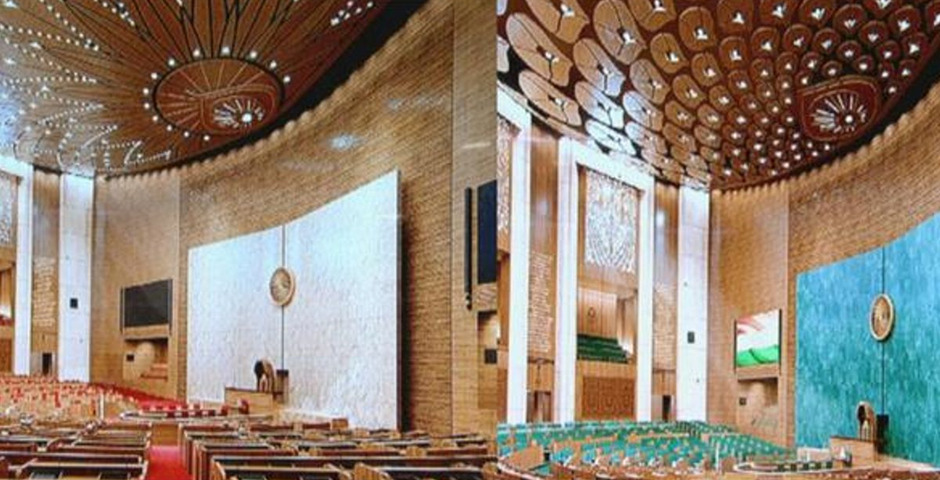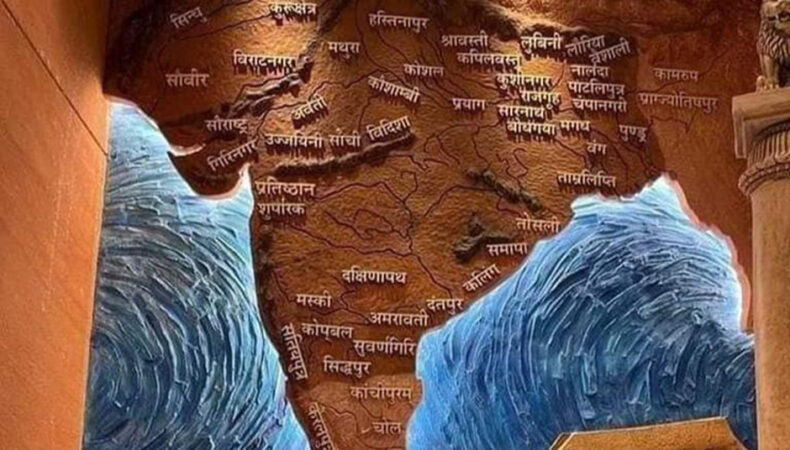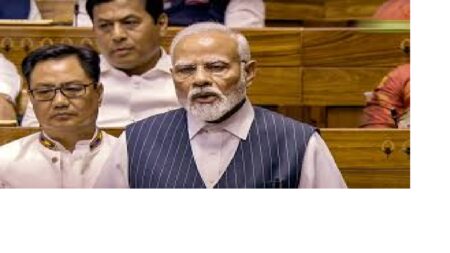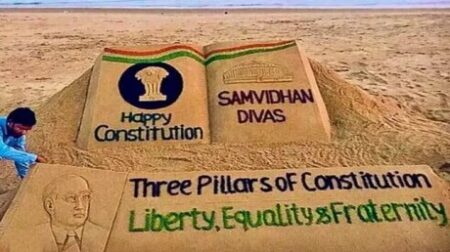Prime Minister Narendra Modi inaugurated the new Parliament building and unveiled the intricacies within it on Sunday morning. A huge mural depicting ‘Akhand Bharat’ adorns the gallery of the Constitution Hall.
The new Parliament building was inaugurated by Prime Minister Narendra Modi with a grand ceremony on Sunday morning. Since then, the internet is flooded with images of several attractions, paintings, sculptures, and features of the new ‘Temple of Democracy.’ Among others, the image of an ‘Akhand Bharat’ mural in the Constitution Hall of the new Parliament has gone viral on social media.
The ‘Akhand Bharat’ mural is representative of a united, pre-colonial India as it marks all the important kingdoms and cities of ancient India. The mural depicts all territories till the north-western province of Takshashila, which is currently in Pakistan, as a part of united India.
Denotations and Connotations of the Mural
A lot of speculation has been flowing on social media about the meaning and purpose of the mural in new Parliament building. As per a recent media source, Adwaita Gadanayak, Director General of the National Gallery of Modern Art, explained that the painting of ‘Akhand Bharat’ is representative of the great influence that Indian thought held in the ancient period.
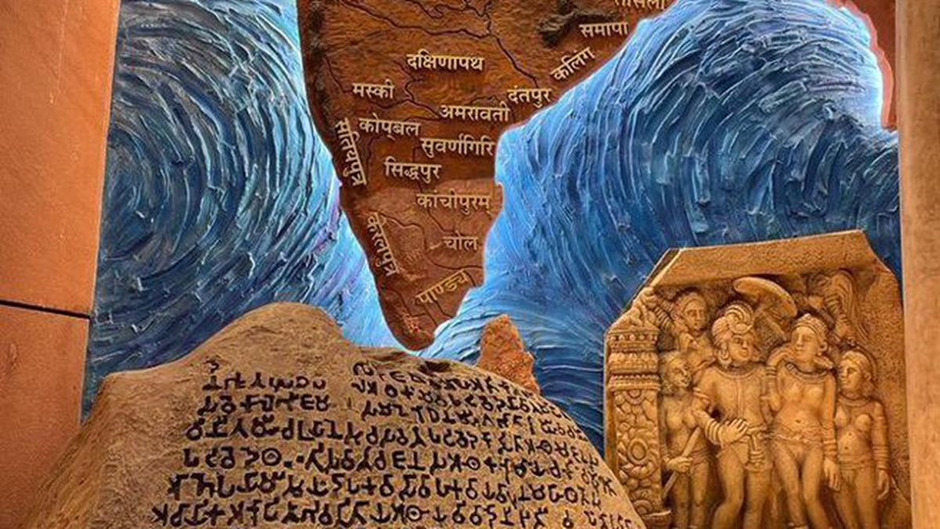
Pralhad Joshi, the Union Minister for Parliamentary Affairs, tweeted on Sunday that “the resolve is clear” behind the mural, and that is of a united India. The Bharatiya Janata Party (BJP) described the mural as a “symbol of vitality” that captures the essence of the civilisation. The Karnataka unit of BJP tweeted several photos of the grand interior designs and paintings, while connoting the Parliament as a symbol of the vitality of the “proud great civilisation.”
The Concept of ‘Akhand Bharat’
The concept of Akhand Bharat dates back to a period as early as the ancient Indian scriptures. Hints at a united Greater India have been found in the Vedas and the epic text Mahabharata. Apart from that, Hindu scholar Chanakya had also referred to the idea of Akhand Bharat, expressing his thought of all states and kingdoms in the region being governed by a unified administration and authority.
In the more recent history, Indian nationalists such as Vinayak Damodar Savarkar had often advocated for the restoration of an undivided India. This undivided India ideally includes present-day neighbouring nations of India such as Pakistan, parts of Afghanistan, Bangladesh, Sri Lanka, Myanmar, and Bhutan – all of these merged into a singular undivided India.
Other Paintings Representing Former Glory
Apart from the ‘Akhand Bharat’ mural, the new Parliament building exhibits several art pieces and paintings scattered across the premises. The arts depict different cultures and traditions of the nation. For instance, the Parliament hosts a huge wall-sized paining of Chanakya, one of the greatest political thinkers, philosopher, economist, jurist, Vedic scholar, and war strategist in the history of the nation.
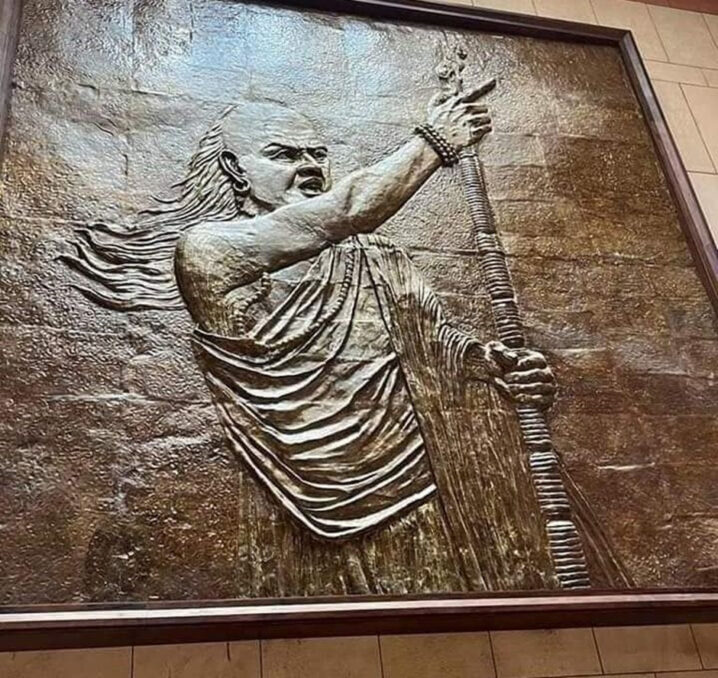
Additionally, large paintings of Sardar Vallabhbhai Patel and Dr. Bhim Rao Ambedkar are also put up in the Parliament’s art gallery. The walls also feature paintings of other great orators of ancient India and paintings celebrating the glory of ancient Hampi. In addition to that, PM Modi also stated in his first address from the new Parliament that the Lok Sabha is themed on peacock, the national bird of India, while the new Rajya Sabha is themed after lotus, the national flower of India.
